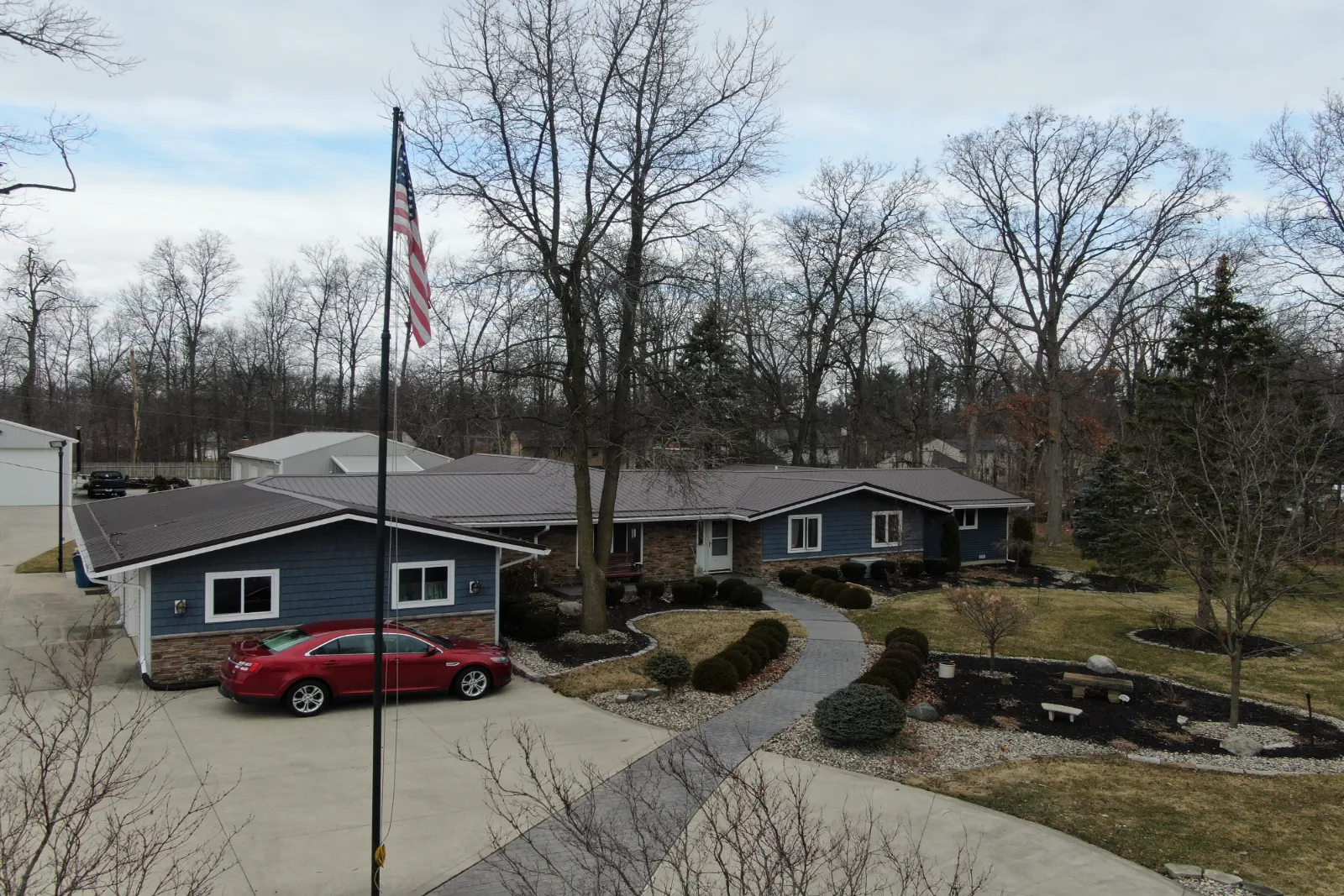Metal roofing has stood the test of time, offering homeowners and businesses a durable, aesthetically pleasing, and energy-efficient roofing solution. While the benefits of metal roofing are numerous, understanding the intricacies of metal roof ventilation is crucial to maximize its lifespan and performance. Here’s a deep dive into the world of metal roof ventilation.
The Undeniable Advantages of Metal Roofing
Metal roofing, with its long history, has evolved to become one of the most sought-after roofing solutions. Its durability surpasses many other materials, requiring minimal maintenance. Moreover, metal roofs are fire-resistant, wind-resistant, and pest-resistant. They efficiently shed rain and debris, enhancing the curb appeal of any structure. While the initial investment might be higher than traditional shingle roofs, the longevity and performance of metal roofs make them a cost-effective choice. In fact, with proper installation, a metal roof could very well be the last roof you ever need.
Debunking Metal Roofing Ventilation Myths
There’s a common misconception that metal roofs, given their robust nature, don’t require as much ventilation as other roofing types. However, the need for ventilation isn’t solely determined by the roofing material. Regardless of the type of roof, proper ventilation is essential, especially for buildings with finished spaces used for residential or commercial purposes.
Why Proper Attic Ventilation Matters
Heat naturally rises within structures. Without adequate ventilation, this rising heat can lead to several issues:
-
Difficulty in Temperature Regulation: As the roof heats up, so does the attic. This makes it challenging to maintain a comfortable temperature in the living space, leading to increased energy costs and wear and tear on air conditioning systems.
-
Formation of Ice Dams: While trapped warm air might seem beneficial in winters, it can lead to the formation of ice dams. Melted snow or ice can refreeze on roof overhangs, causing potential damage and hazards.
-
Interior Condensation Issues: Metal roofs without proper insulation and ventilation can experience “sweating” or interior condensation. This moisture, if not managed, can lead to structural damage and mold growth. Everyday activities like cooking and bathing can also produce moisture, which needs an escape route.
Embracing the Right Ventilation Strategy
Ridge Vents
Ridge vents, commonly used for various roof types, are equally effective for metal roofs. They are strategically placed along the roof’s ridgelines, allowing a significant volume of warm, moist air to escape.
Intake Vents
For a balanced ventilation system, intake vents are as crucial as ridge vents. Positioned on the roof’s lower edge, these vents ensure a consistent airflow throughout the roof system, drawing in fresh air naturally as the hot air rises in the attic.
Gable Vents
Gable vents can serve as either intake or exhaust systems. Located near the peak of side gable areas, they might not offer the same level of efficiency as a balanced ridge-and-eave system but can provide additional ventilation and aesthetic value.
Why Choose 4Ever Metal Roofing?
When considering a new roof installation or repair, it’s essential to partner with experts who understand the nuances of metal roofing. 4Ever Metal Roofing is a trusted name in the industry, offering top-notch metal roofing services in Fishers IN. Our team ensures that every metal roof installation in Fishers IN is accompanied by the right ventilation strategy, ensuring longevity and optimal performance. With commercial metal roofing Fishers IN solutions, both residential and commercial structures can benefit from our expertise. Remember, a beautiful, reliable, and long-lasting metal roof is only as good as its installation. Trust 4Ever Metal Roofing to deliver excellence every step of the way.

